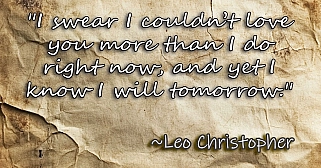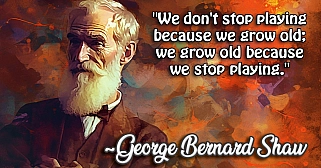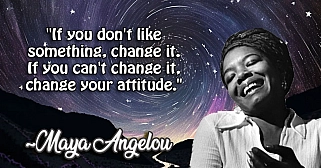Dr. Seuss: A Blast From The Past Of Our Childhoods
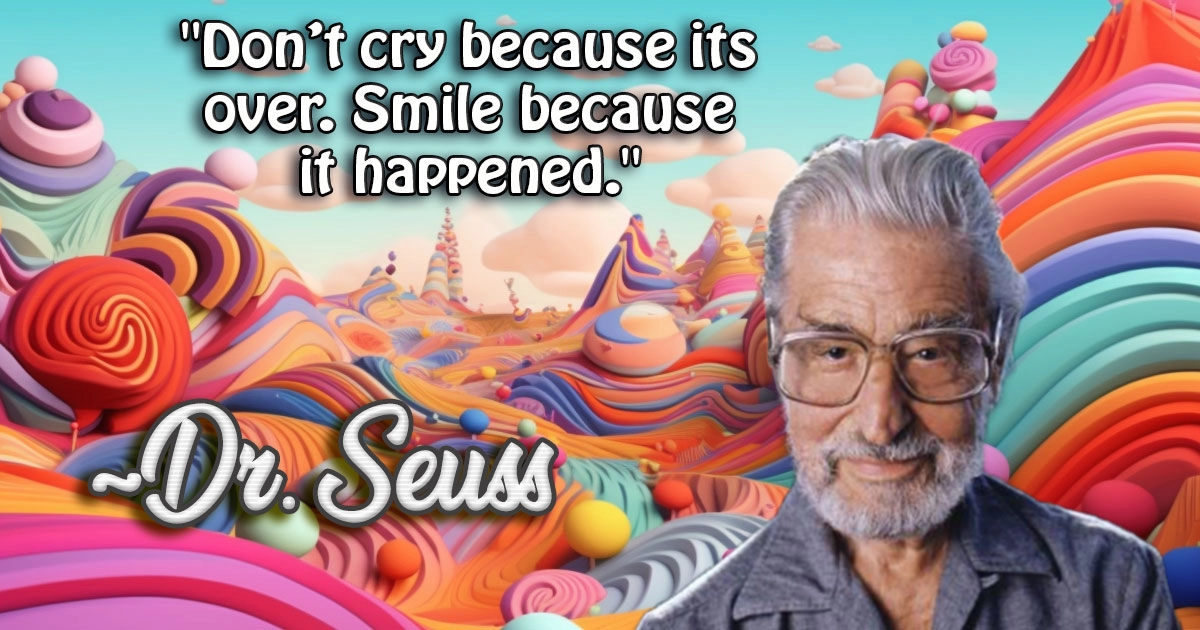
Dr. Seuss
Dr. Seuss, a name synonymous with whimsical characters, imaginative landscapes, and rhythmic tales, remains an indelible figure in the world of children’s literature. Born Theodor Seuss Geisel, his journey from a young boy with a passion for drawing to an acclaimed author and illustrator is a story filled with creativity, perseverance, and timeless contributions.

Early Life and Education
Theodor Seuss Geisel was born on March 2, 1904, in Springfield, Massachusetts. His father, Theodor Robert Geisel, was a successful brewmaster and later the superintendent of parks, while his mother, Henrietta Seuss Geisel, played a significant role in nurturing young Ted's love for rhymes. Henrietta often recited rhymes she had learned from her own mother, and these rhymes became a bedtime ritual that left a lasting impression on Ted.
Ted attended Dartmouth College in New Hampshire, where he became the editor-in-chief of the college's humor magazine, Jack-O-Lantern. It was at Dartmouth that he began using the pen name "Seuss," his middle name and his mother's maiden name, to circumvent a prohibition on extracurricular activities following a disciplinary issue.

The Birth of Dr. Seuss
After graduating from Dartmouth, Ted pursued a PhD in English literature at Lincoln College, Oxford. However, his academic ambitions took a backseat as his love for drawing and cartooning grew stronger. It was at Oxford that he met Helen Palmer, who would later become his first wife. Helen encouraged him to pursue a career in illustration, recognizing his unique talent.
Upon returning to the United States, Ted embarked on a career as a cartoonist, creating advertisements for prominent companies like General Electric and Standard Oil. During this period, he adopted the pen name "Dr. Seuss," combining his surname with the title "Dr." to give it an air of authority and whimsy.
The Breakthrough: "And to Think That I Saw It on Mulberry Street"
Dr. Seuss's first major success came in 1937 with the publication of And to Think That I Saw It on Mulberry Street. The book was initially rejected by 27 publishers, but Vanguard Press eventually took a chance on it. The story, inspired by a walk Seuss took along Mulberry Street in his hometown of Springfield, featured his signature playful rhymes and imaginative illustrations.
The success of Mulberry Street marked the beginning of Dr. Seuss's illustrious career in children's literature. His ability to craft engaging stories with simple yet captivating language quickly resonated with young readers and their parents.
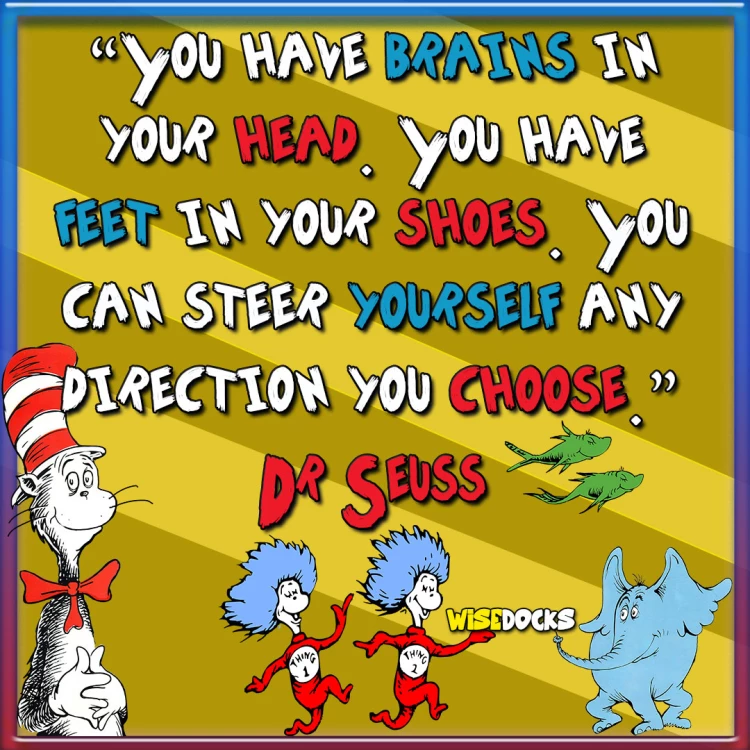
World War II and Political Cartoons
During World War II, Dr. Seuss temporarily set aside children's literature to contribute to the war effort. He worked as a political cartoonist for the left-leaning New York newspaper PM, creating over 400 cartoons that addressed contemporary political and social issues. His work often criticized isolationism and racism, and he advocated for the war effort against Nazi Germany and Japan.
In 1943, Dr. Seuss joined the U.S. Army as a captain and was assigned to the Information and Education Division. He collaborated with the renowned filmmaker Frank Capra and created propaganda films and training materials for soldiers. This period broadened his skills and provided new perspectives that he later incorporated into his children's books.
The Golden Era of Dr. Seuss
The post-war years marked the golden era of Dr. Seuss's career. In 1957, he published two of his most iconic works: The Cat in the Hat and How the Grinch Stole Christmas!. These books solidified his reputation as a master of children's literature.
The Cat in the Hat was a response to a challenge from Houghton Mifflin and Random House to create an engaging book using a limited vocabulary. Dr. Seuss succeeded brilliantly, crafting a lively story that captivated young readers and helped them develop their reading skills. The mischievous Cat, along with Thing 1 and Thing 2, became beloved characters and household names.
How the Grinch Stole Christmas! introduced readers to the curmudgeonly Grinch, who learns the true meaning of Christmas through his interactions with the residents of Whoville. The book's themes of compassion, redemption, and the spirit of giving resonated deeply with audiences and have made it a holiday classic.
Expanding the Seuss Universe
Throughout the 1960s and 1970s, Dr. Seuss continued to expand his literary universe with a series of beloved books, each characterized by their unique characters, inventive plots, and moral lessons. Titles like Green Eggs and Ham, One Fish Two Fish Red Fish Blue Fish, and Hop on Pop showcased his ability to blend fun with education.
Green Eggs and Ham, published in 1960, became one of the best-selling children's books of all time. The book, written using only 50 different words, tells the story of Sam-I-Am's persistent efforts to convince a skeptical character to try green eggs and ham. The book's repetitive, rhythmic text and humorous illustrations made it a favorite among young readers and educators.
The Political and Social Commentary
Dr. Seuss's work often contained subtle (and sometimes not-so-subtle) social and political commentary. The Sneetches (1961) tackled themes of tolerance and diversity, highlighting the absurdity of discrimination based on superficial differences. The Lorax (1971) addressed environmental conservation, warning of the dangers of corporate greed and deforestation.
In The Butter Battle Book (1984), Dr. Seuss explored the futility of the arms race and the absurdity of mutual assured destruction. The book's ambiguous ending reflected the uncertainty of the Cold War era and left readers with a powerful message about the need for peace and understanding.
Personal Struggles and Triumphs
Despite his professional success, Dr. Seuss faced personal challenges. His first wife, Helen, struggled with health issues and passed away in 1967. Her death deeply affected him, and he sought solace in his work. In 1968, he married Audrey Stone Dimond, who became his steadfast companion and supported his creative endeavors.
Dr. Seuss's ability to channel his emotions into his work is evident in some of his more introspective and poignant books, such as Oh, the Places You'll Go! (1990). This book, often given as a gift to graduates, is a celebration of life's journey, filled with encouragement and wisdom. It became one of his most cherished works and a fitting testament to his enduring legacy.
Legacy and Impact
Dr. Seuss passed away on September 24, 1991, but his influence on children's literature and popular culture endures. His books have been translated into multiple languages, adapted into animated films and television specials, and continue to inspire new generations of readers and writers.
The whimsical worlds and memorable characters created by Dr. Seuss have left an indelible mark on the hearts and minds of millions. His stories, with their playful language and timeless messages, remain as relevant today as they were when first published. Dr. Seuss's ability to blend entertainment with education has made him a beloved figure whose work transcends age and time.
The Everlasting Dr. Seuss
The story of Dr. Seuss is one of boundless creativity, resilience, and a profound understanding of the human spirit. From his early days as a young artist in Springfield to his rise as a literary icon, Dr. Seuss's journey is a testament to the power of imagination and the enduring impact of a well-told story. His legacy lives on in the pages of his books, the laughter of children, and the hearts of readers everywhere.
